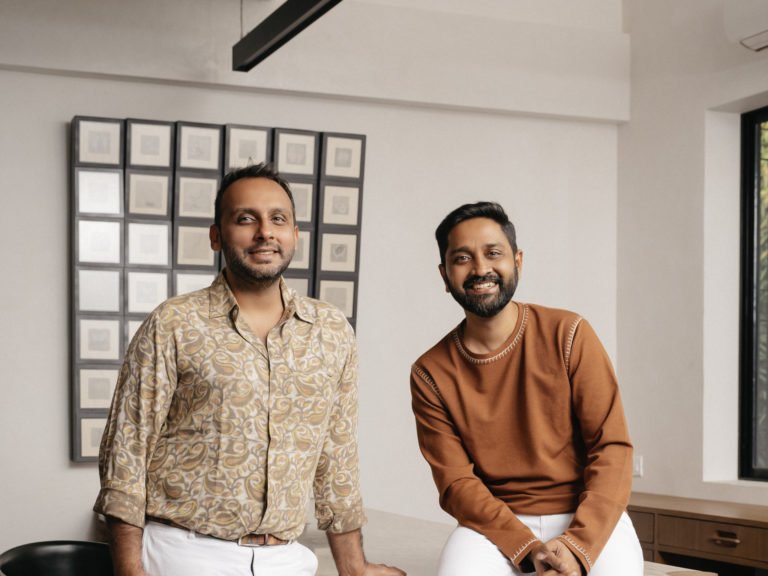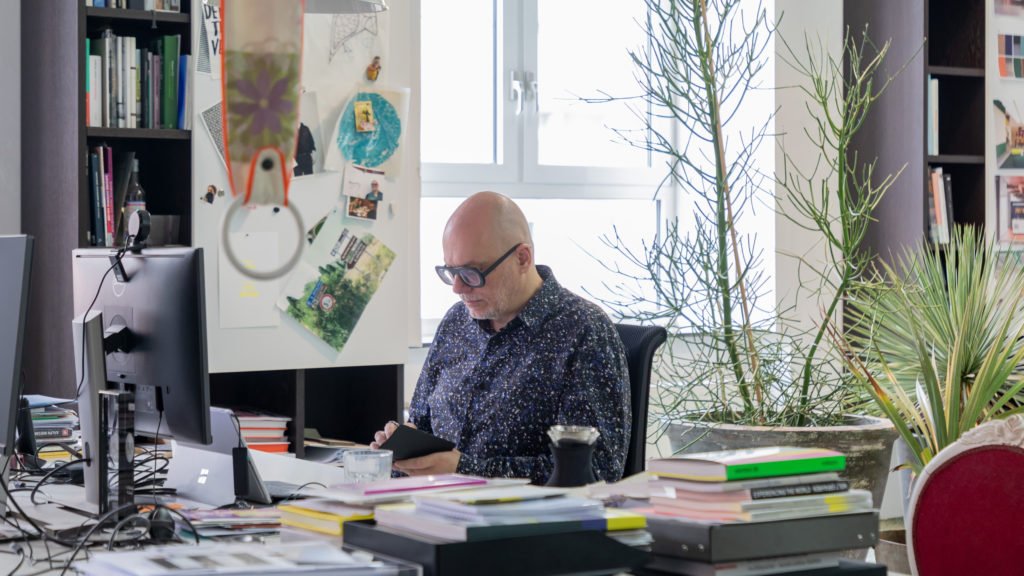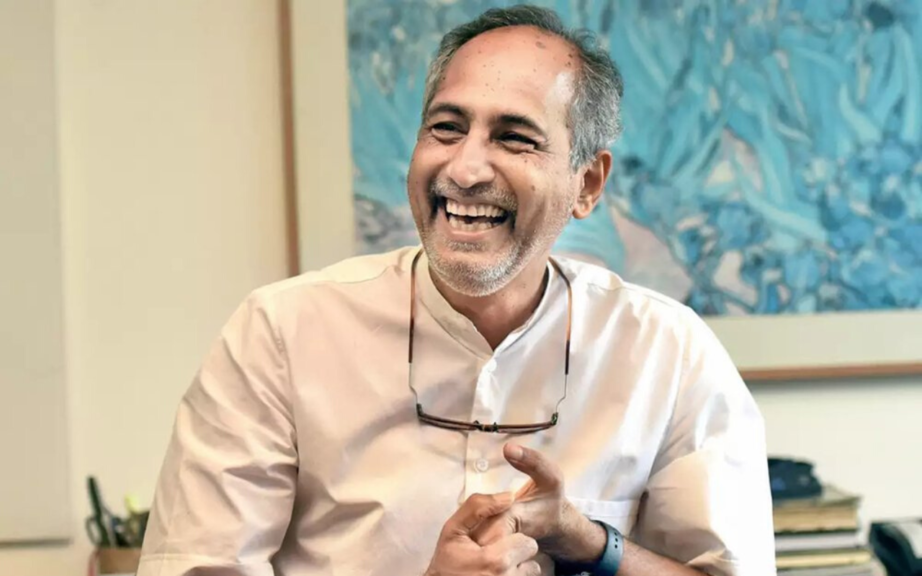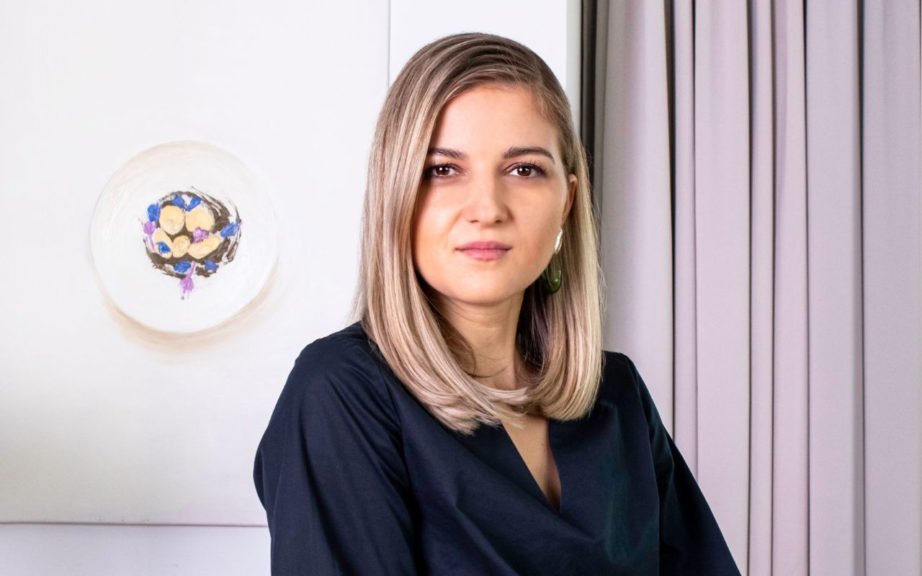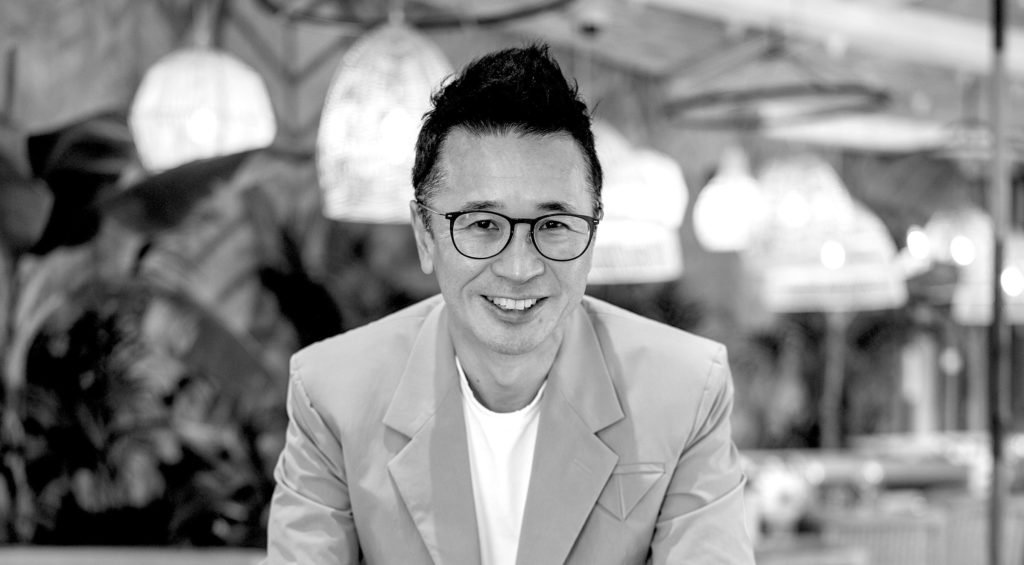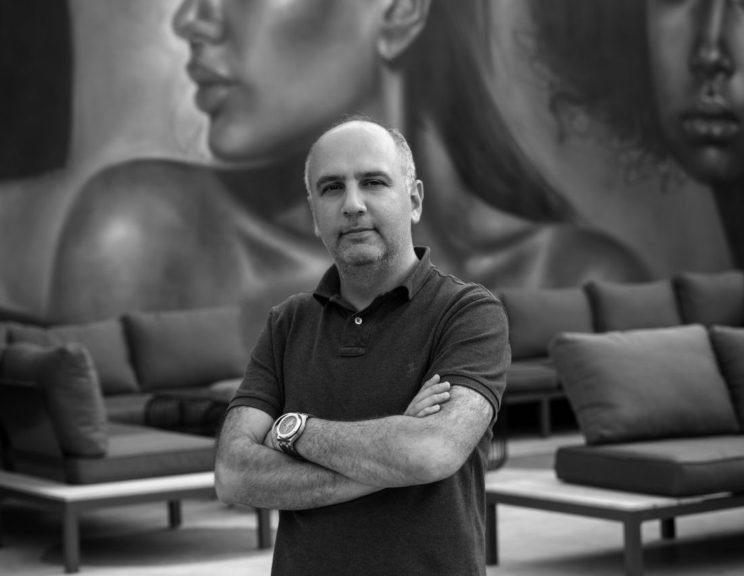The tale of how the eponymous founder of Kristina Zanic Consultants found herself in Dubai, is one that circles around the globe and back, with each chapter a unique story in itself. From Australia to the UK to Thailand, few designers bring forward an experience so rich and diverse to the design process.
Kristina’s journey into the world of design began with a formal education in Human Environments, and hands-on experience working with design in all its glorious forms – from graphic to industrial. She kicked off her career with architectural firm Woodhead Australia in Adelaide, shortly after which, bitten by the travel bug, she journeyed to the other end of the globe to California and then the UK.
Not one whose talent goes unnoticed, she left her imprint on dream projects, such as Texaco’s Headquarters in Canary Wharf.. Despite being offered to stay in London, her longing for travel brought her to the shores of Bangkok, where she joined Woods Bagot.
After a short stint, and some moments of reflection on her goals, Kristina launched her own company, Citispace, and it was onwards and upwards from there. Within three months, she won her first contract, working on Citibank’s largest HQ in the Southern Hemisphere. She has been a founding partner at DWP, responsible for key developments in Bahrain and the Dubai office, and running Kristina Zanic Consultants for the past 7 years.
Despite all these achievements, travel remains a constant in her life, providing inspiration personally and professionally. We managed to pin her down on morning in her Dubai offices, for a coffee and chat about her fascinating life.
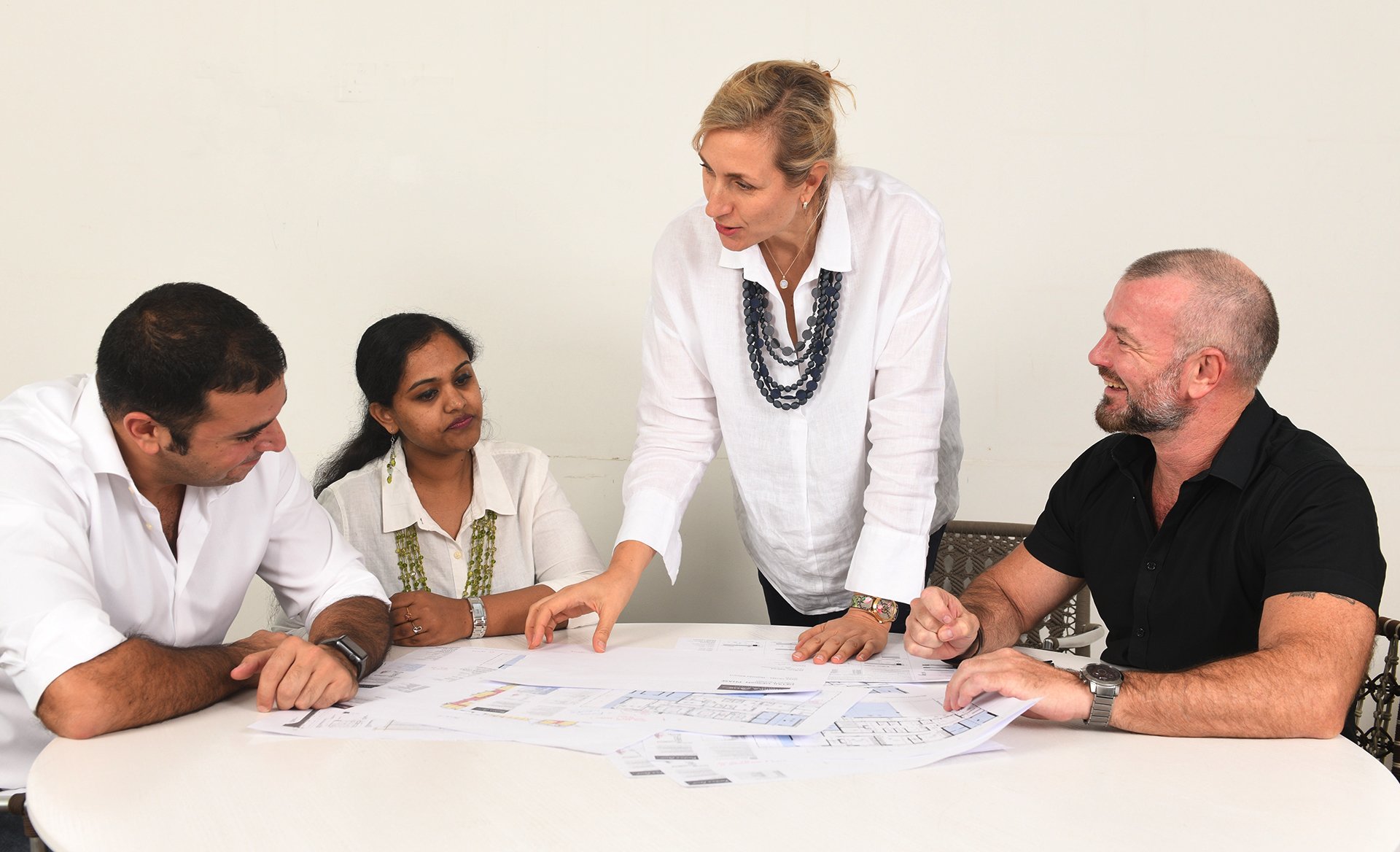
What inspired you to pursue a career in design?
My education in design has unconventional roots. I started off pursuing a Bachelor of Design in Human Environments at S.A.C.A.E (now called the University of South Australia). It wasn’t purely an interior design program, but part of the design school nevertheless.
What I loved about that programme was its immersive nature. In the first two semesters, we practiced design in different forms and functions – graphic, industrial, jewellery, and even ceramics. But the immersion extended to the cultural side as well, for we were a cohort of not more than 30 people, all from different disciplines and walks of life. Adapting to that diversity was a great learning experience. In that programme, I learned to sculpt, weld and work with wood. The whole experience taught me to appreciate good design, detailing, and the possibilities that come with it.
Shortly after graduating, I started working in Adelaide at a firm called Woodhead Australia. At some point there, the travel bug bit me, and I ended up exploring the US with a friend, ending up in California some 30 years back. Eventually, the need to get back into work hit us, which prompted the decision to move to the UK.
The timing was poor, unfortunately, because the UK was hit by a recession and finding work was not easy… but lady luck smiled at me. I received a call offering work on a huge project in Canary Wharf. Next stop was Bangkok, where I worked for Woods Bagot for a bit, and then set up my own firm. It was after that that my career really went full-swing.
Clockwise from top left: Moorish Restaurant and Lounge, The Ritz-Carlton, Al Wadi Desert, Ras Al Khaimah; The Ritz-Carlton, Al Hamra Beach Resort in Ras Al Khaimah
What led you to practice design in Dubai?
I was a founding partner at DWP in Bangkok, and eventually also managed the Middle East region. There was a lot of work in Bahrain at the time, and I ended up basing myself there. I used to come to Dubai often, and we had a good team here, but Dubai was never my focus.
I was a bit of a workaholic at the time. My partner was in the region and that is how I was partly convinced to start a business in Dubai. Lots of things fell in place and Kristina Zanic Consultants was born. I remember getting a call from a client around the time I started, to design a restaurant, and from that point, there was no looking back.
We have been fortunate to have cultivated great relationships, and done some fantastic projects that have kept us busy and engaged.
What do you feel is most challenging about running a boutique interior design business in the UAE?
A huge challenge is the retention of staff and talent. I come from a different time where we valued loyalty. Nowadays, possibly because people have more options, managing their expectations is a major part of running a business.
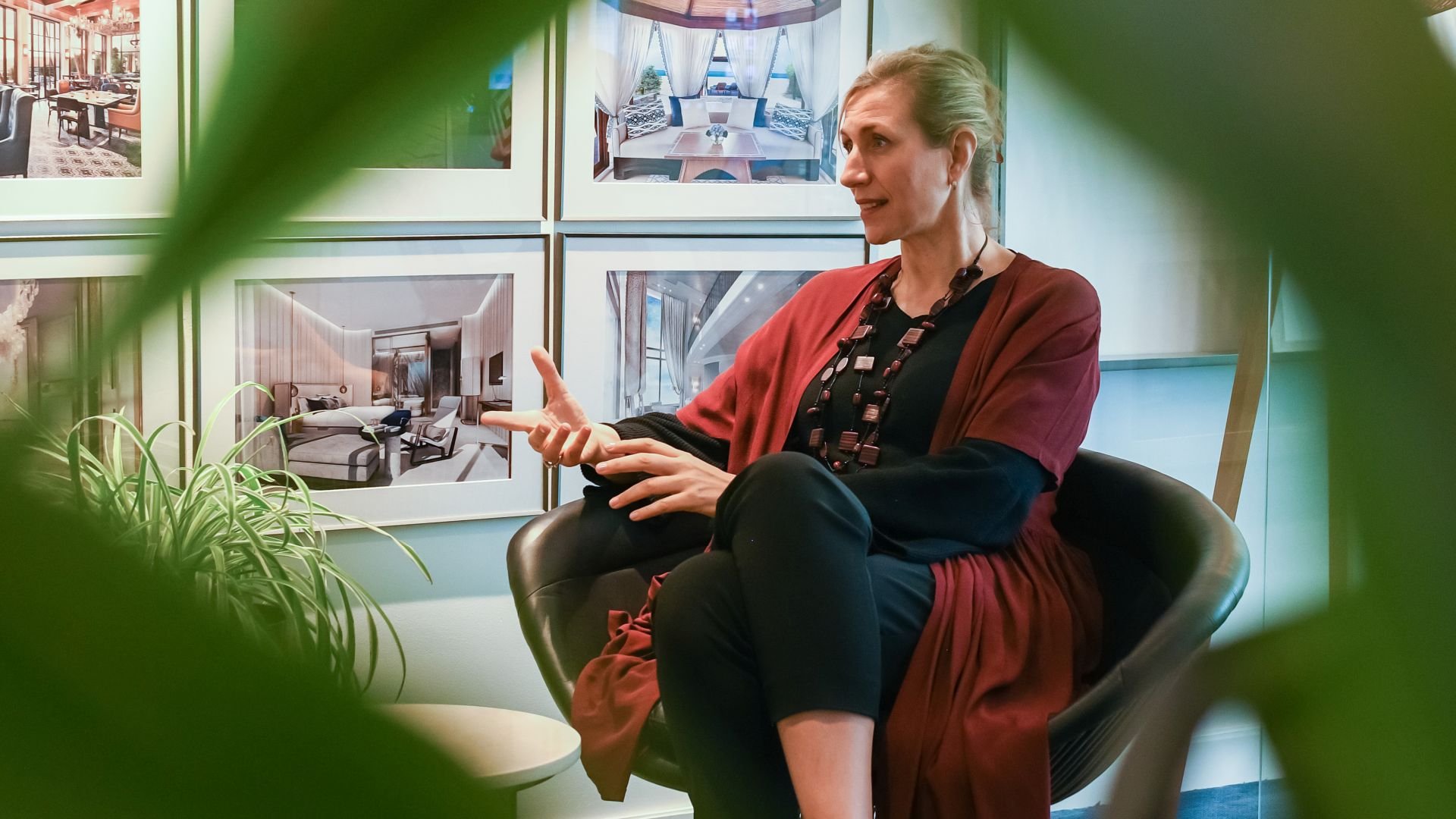
How would you describe your design style?
I don’t strive to establish a signature design style, instead, I push for variety. I want my company’s portfolio to appeal to a wide range of clients. But if I had to really pin it down, I’d say we’re not afraid to experiment with colour. In a lot of spaces, people add colour through accessories or splashes in certain areas. But I try to integrate and embed colour in a manner where you can see it in layers. Any combination of colour can be used – it just needs to be done intelligently.
Take Al Qasr for example – the interiors feature a play on pattern, colour and texture all over. I love making these elements come together in a harmonious way. If I were a tourist from the West visiting the Middle East, I would want them to have that Arabian Nights palatial experience, which is rich in both colour and pattern.
Where do you find your inspiration?
I find a lot of inspiration from travel. My goal is to do a project in a new country every year. I like to collect something every time I travel, to serve as an inspiration, which is why my home is turning into a museum!
I try to encourage my team to travel as well. I want to take my team to the Ice Hotel in Jukkasjärvi, Sweden. It’s a wonderful experience, and I’d love the whole team to experience it and hopefully, be inspired by it.
Above: Al Mahara by Nathan Outlaw at Burj Al Arab, Dubai
Where do you see the interior design industry five years from now?
You probably hear this a lot, but technology will absolutely redefine our industry, and not just in software, AR or VR. There is some really exciting stuff coming out of the materials space. There are so many interesting things to work with nowadays that can really change how and what we can design a space with.
I go to a lot of conferences to keep myself updated. You learn not only from what is talked about, but from the people you meet as well. I also surf the web for info, but I still love the touch and feel of magazines. I have so many at home, and I read them whenever I can.
If not an interior designer, what would you be?
A sports physiotherapist! I was an active sportsperson – hockey, netball, running. I was even in the netball state team, and at that time, I really wanted to work in the sports industry or do something related to medicine and sports. However, my design portfolio was better. I had actually applied to be a graphic designer, but my professors advised moving into Human Environments. And the rest, as they say, is history.
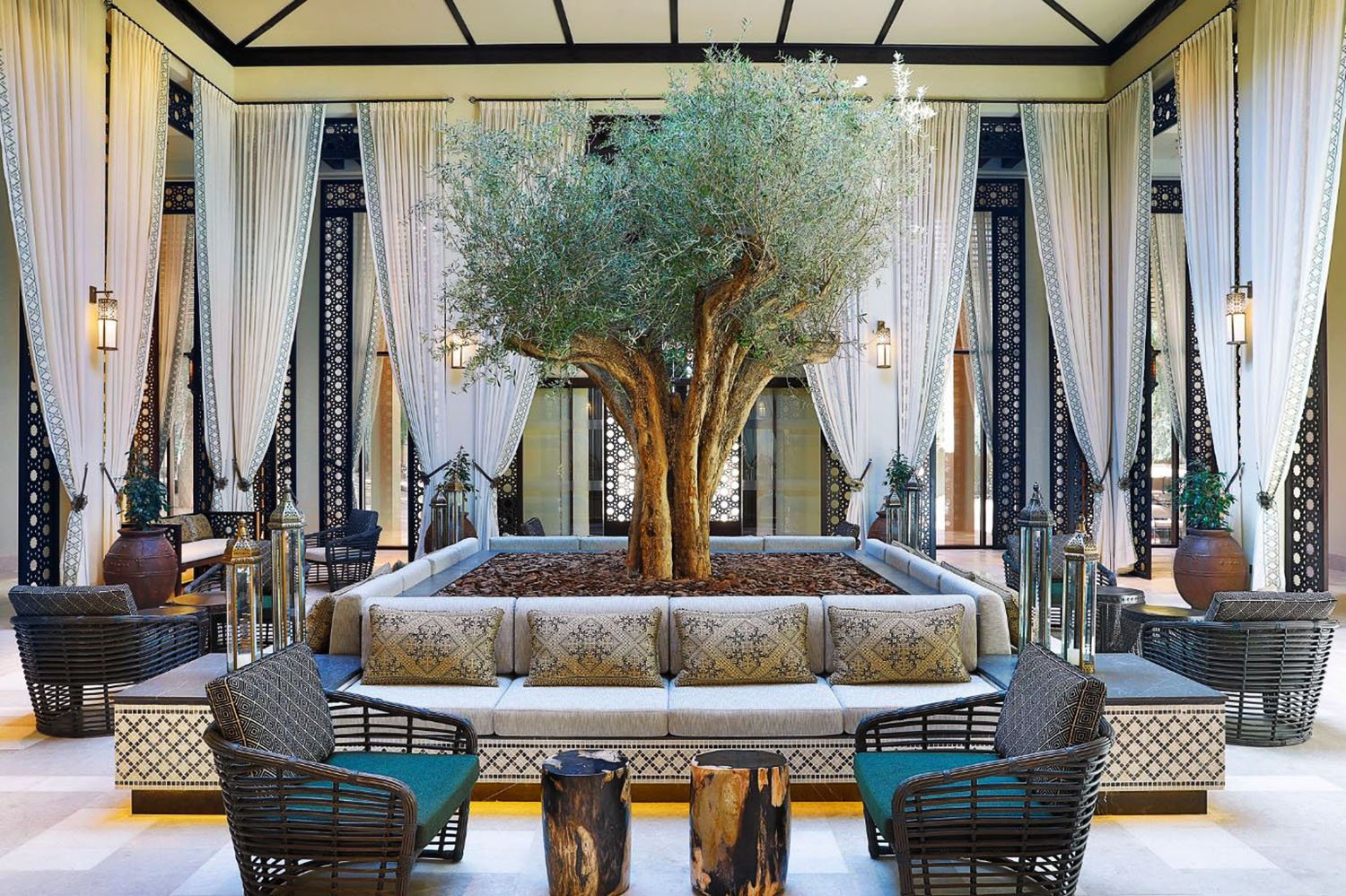
Above: The Ritz-Carlton, Al Wadi Desert Resort, Ras Al Khaimah
If you could design anything without constraints, what would it be?
I would love to design a safari lodge because I love natural environments and the presence of animals. My design dream would be to design one in Africa.
What is the best advice you have ever received?
Ironically, it’s not some profound design-related advice, but important nevertheless. In my late twenties, a director at RMJM advised that I get a pension plan. I didn’t take it seriously at first. I was young and it wasn’t even remotely close to my radar of focus. But after a bit of research, I was convinced and decided to invest early. And it has been a great decision, knowing I have something to rely on when I retire.
And what advice would you give aspirational designers?
Get a pension plan!
Could you share with us a moment in your life that defines your approach to your professional and personal life?
One of the most profound experiences I have ever had was during one of my travels (no surprises there) in India. I was travelling with the Head of the Associated Press in Thailand, and some journalists and photographers, to to a protected part, a land that borders Bhutan. It was not accessible by tourists and only a handful of people were granted entry every year. I happened to be one of those people. That experience was something else, not one to be found in any travel guide or website. We traveled by raft along the Brahmaputra river, and the people I met there were of a different kind – a culture untouched by technology, with humans who had never even seen a phone or a camera.
Such experiences have helped me to see the world in a new way. I am mindful of how much we take for granted, and how there is still so much to learn from other people and their cultures. It also allows you to reflect and instills a sense of humility in you.

